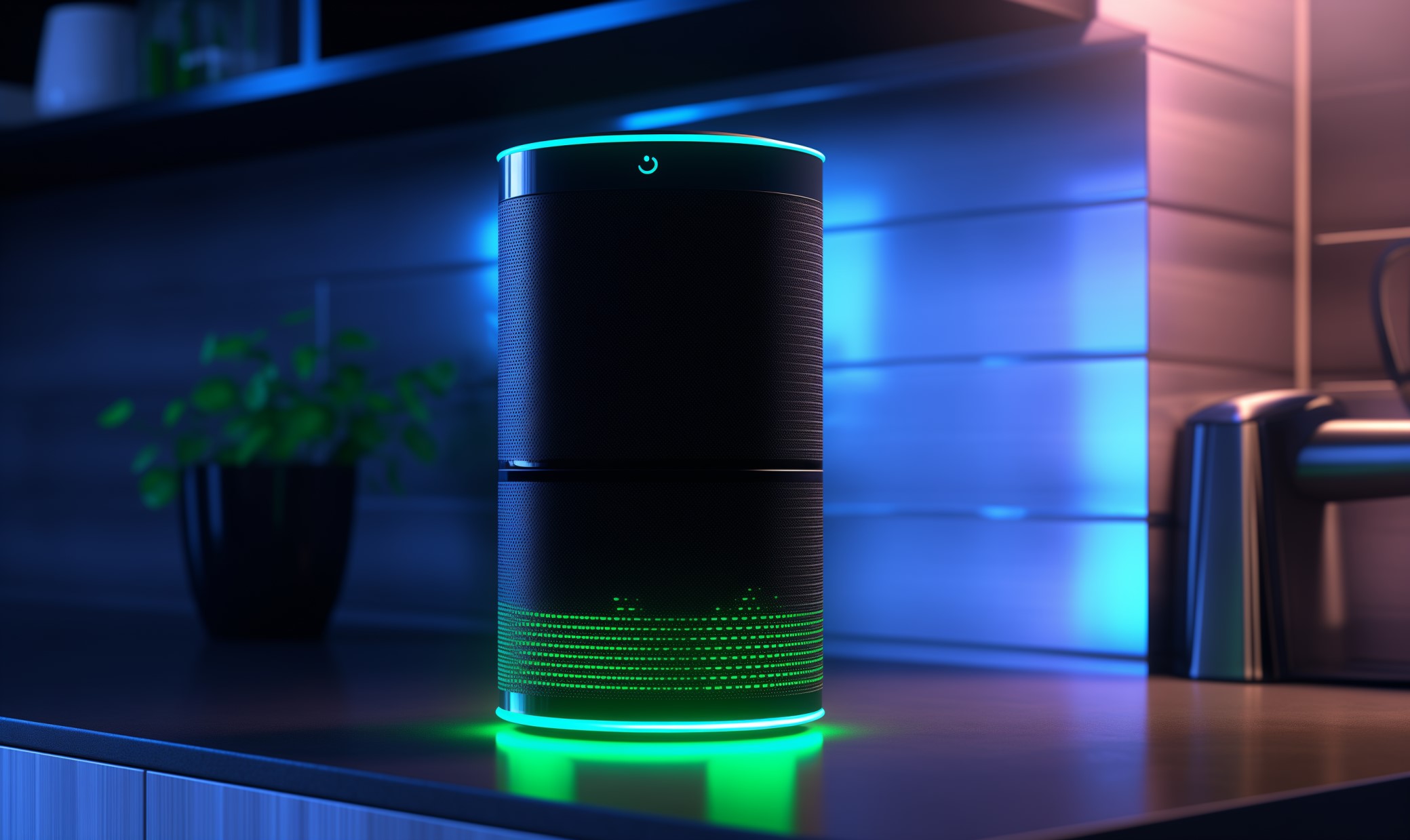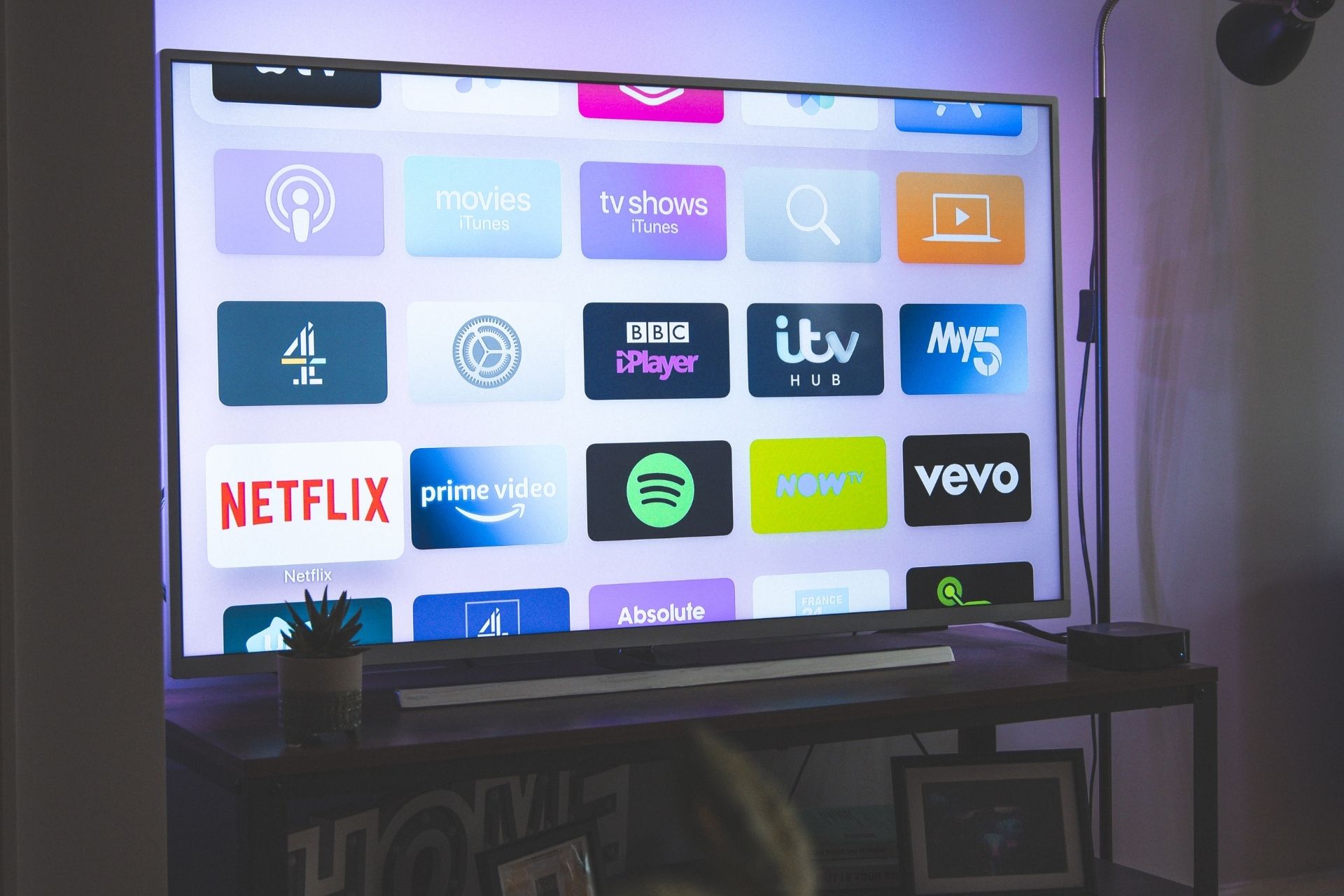Many of the robots available on the market boost production levels at factories and oversee quality control. Could they increase the consumer convenience associated with some tasks, too? Absolutely. Here are six exciting examples of robotic assistance devices available now and in the works.
1. Help Around the House
When Samsung representatives gave a keynote speech at CES 2020, one of the themes concerned robots acting as life companions. The company debuted Ballie at that event, hoping to change the ways people think and use robots.
The round rolling robot offers a variety of capabilities to assist with routine tasks. For example, it could open smart curtains or turn on the TV for a dog that becomes bored when alone. The bot also detects if a person falls and needs an ambulance, offering a safety-related perk for interested consumers.
2. Give You Another Set of Arms
Life often demands multitasking, and you might frequently muse that two arms are not enough to tackle everything your schedule requires. iRobot — the company behind the Roomba floor-cleaning robot — wants to address that common gripe.
It’s planning a robot with arms that could pitch in at home. It might load the dishwasher or bring food to the table, for example. The company initially developed robotic arms for military use but believes it could apply them to the household. You’ll have to wait a while to see the outcome, though. iRobot said in early 2020 that it would not start selling such a product for at least five years.
3. Ease Loneliness
Life can feel especially hard to bear if a person lives in isolation most of the time. Loneliness can be a problem for people of all ages, but older individuals are especially likely to experience it. They may find themselves in situations where they are the lone surviving person from a circle of friends or notice that age-related limitations reduce socialization opportunities.
PARO is a soft therapeutic robot that comforts people. It looks like a baby harp seal and has five sensors to perceive its environment. PARO can recognize its name and remember how a person previously interacted with it. Researchers say that robots like these do not replace human interaction, but they can ease distress.
4. Keep Homes Secure
Consumers have a growing number of tech options for keeping their abodes safe from intruders. However, the downsides associated with most of them are that they stay in one place and have limited fields of view. Getting a broader look at the premises requires purchasing several cameras and deciding where to place them.
Some robotic assistance devices require complementing technology for the best results. Sunflower Labs presents a strong example of the future of home security with its fully autonomous Bee drone. Its high-definition camera functions well in low-light conditions. The drone works with activity-sensor lights called Sunflowers, plus The Hive, which is the drone’s charging station — complete with an embedded computer. The Bee picks up on suspicious activity and flies to investigate it.
5. Let Disabled People Walk
People with physical disabilities encounter many challenges in their environment that may ultimately prevent them from fully participating in some activities. For example, if a person uses a wheelchair and the only entrance to a restaurant is up a big step, they may not be able to visit it. A robotic exoskeleton called the WalkON Suit could eliminate the disappointment and frustration associated with such circumstances.
A man named Byoung-Wook Kim became paralyzed in three limbs after a car accident more than two decades ago. He uses a wheelchair most of the time but can walk and climb stairs while wearing the WalkON Suit. This example shows that some robotic assistance devices could become genuinely life-changing for people who need them.
6. Cook Delicious Meals
Even people who enjoy cooking often say they’d love to make meals faster while exerting less energy. The appropriately named Mechanical Chef could help by making 100 Indian dishes in a home kitchen. Users only have to cut up the ingredients and load them into the robot — which looks like a movie reel lying on its side.
Since the robot cooks several things simultaneously — such as rice and a vegetable side dish — meals get done in a half-hour or less. The team behind the bot thinks it’s especially appropriate for newlyweds and single-person households. Another handy aspect is that the complementing app lets people cook for others from a distance. The creators envision a person loading a parent’s tried-and-true recipe into the app and enjoying a favorite meal away from their childhood home, for example.
A Future Rise in Robotic Assistance Devices?
The six use cases here strongly suggest that there’s a place for robots marketed to consumers that help with some everyday tasks. It’s too early to tell whether these products and concepts will gain the momentum needed for marketplace success.
In any case, the possibilities are undoubtedly thrilling for tech enthusiasts and people who are feeling curious about robots’ potential.
Recent Stories
Follow Us On
Get the latest tech stories and news in seconds!
Sign up for our newsletter below to receive updates about technology trends














